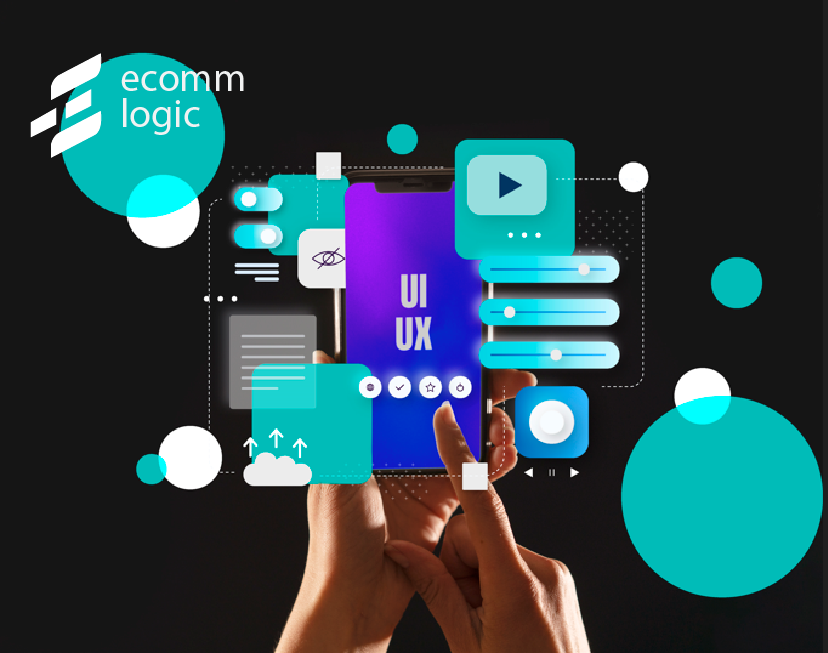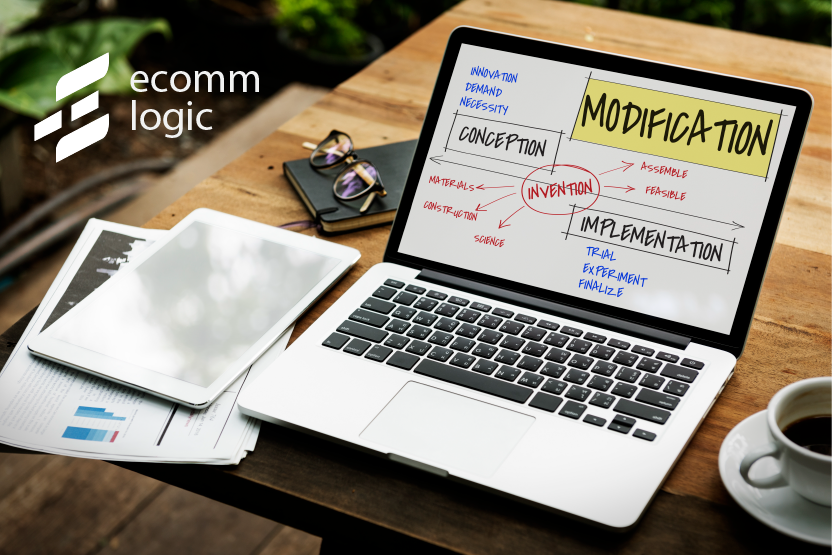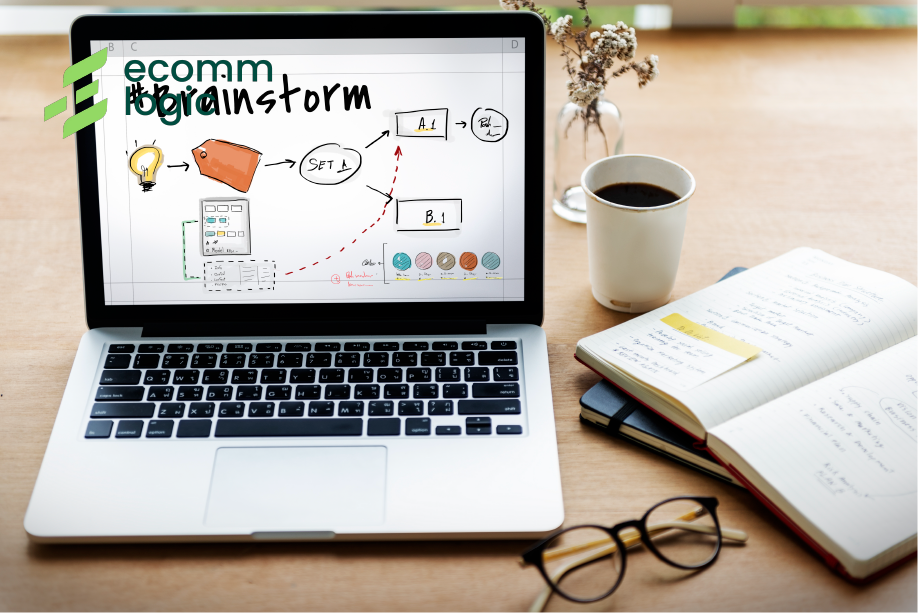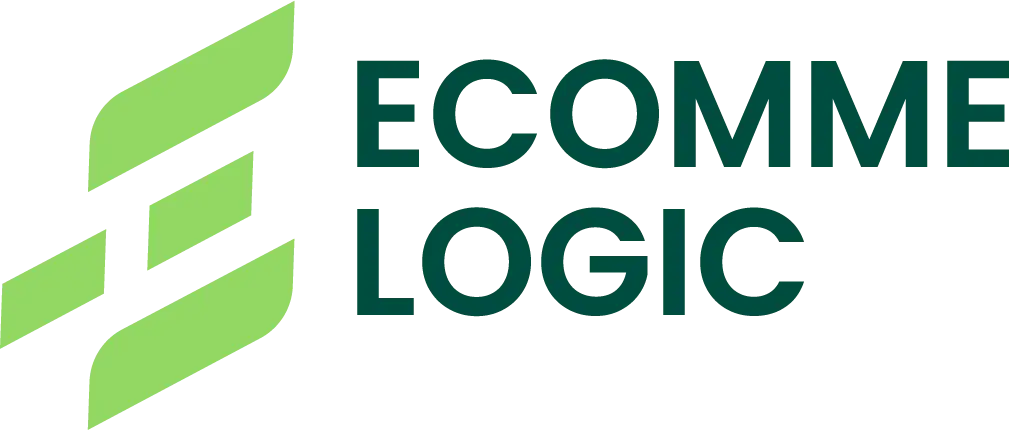Why Your Content Structure Matters More Than You Think
When it comes to web development, the design gets a lot of love—but your content structure plays a critical role in converting visitors into customers. Whether you’re a seasoned UI/UX designer or a freelancer working on your first landing page, how you present information impacts everything from bounce rates to sales.
This blog dives into actionable strategies to structure content that not only looks good but also drives conversions.

The Psychology Behind Content Structure
First Impressions Are Everything
Users form an opinion about your site in 0.05 seconds. A cluttered layout or unclear messaging pushes visitors away before they even begin scrolling. That’s why content hierarchy and visual flow are essential in any UI/UX design.
Eye-Tracking and Scroll Behavior
Studies show that people scan in an F-pattern or Z-pattern, especially on landing pages. Placing key information (like your value proposition and CTA) in these hot zones improves visibility and engagement.
Key Principles to Structure Website Content That Converts

1. Start With a Clear Value Proposition
At the top of every page—especially landing pages—include a bold headline, a short description of your offer, and a compelling CTA. This area should answer:
- What problem are you solving?
- Who are you solving it for?
- Why should they trust you?
Example:
“Boost your conversions with UI/UX design tailored for real business growth.”
Pro Tip: Use A/B testing tools to try different headlines and measure performance.
2. Use Logical, Easy-to-Follow Layouts
As a UI/UX designer, your layout should guide the user’s eye naturally from top to bottom, left to right. Structure content into:
- Sections with headlines (H2, H3)
- Short paragraphs (2–3 lines max)
- Bullet points for features/benefits
- Whitespace to reduce clutter
Think of each scroll as a chance to answer the user’s next question. This is how conversion-focused web development is done.
3. Build Trust With Social Proof and Authority
After your value proposition, add testimonials, case studies, logos of past clients, or certifications. This increases trust and reduces friction.
Include:
- Real client quotes (with names/photos if possible)
- Stats like “increased conversions by 35%”
4. Strategically Place CTAs
Your Call to Action should be:
- Visually prominent (buttons, contrast colors)
- Repeated at natural intervals (after each major section)
- Contextual (e.g., “Start Your Free Trial” after listing benefits)
Use verbs that inspire action and align with the page’s purpose.
5. Optimize for Mobile and Speed
With over 60% of traffic coming from mobile devices, responsive content structure is a must.
Checklist:
- Text and buttons must be thumb-friendly
- Avoid long paragraphs on mobile
- Load times under 3 seconds
FAQs: Website Content Structure for UI/UX Designers

Q1: How important is content structure in UI/UX design?
A: It’s foundational. No matter how visually stunning your site is, poor content flow confuses users and hurts conversions.
Q2: What’s the best structure for a landing page?
A: A proven structure includes:
- Headline + Value Proposition
- Benefits
- Social Proof
- Features/FAQs
- CTA
Q3: How can a UI/UX designer increase conversion rates through content?
A: By using consistent hierarchy, clear CTAs, and content tailored to the user’s journey—from curiosity to commitment.
Final Thoughts: Design With Purpose, Structure for Results
Great design doesn’t stop at visuals. It extends to how you organize content, guide users, and inspire action. Whether you’re designing a high-converting landing page or an entire web development project, mastering content structure is your secret weapon.
Call to Action
Need help turning your design into a conversion machine?
Let’s build smarter, more profitable websites—together.
Contact Us Today

